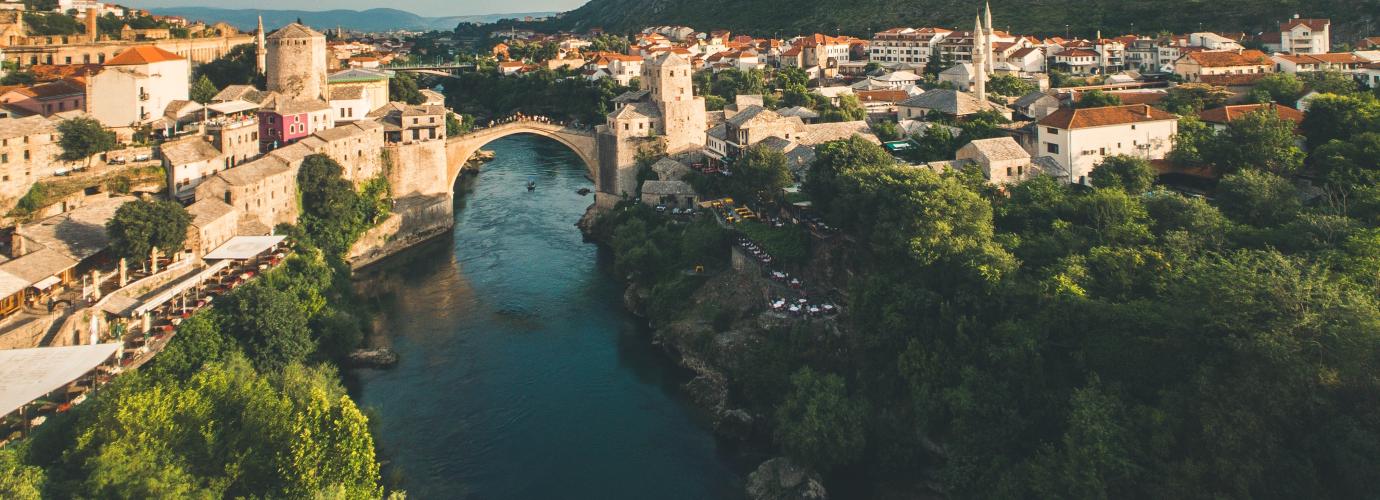Only eleven Ministries of Education and the Department of Education of the Brčko District of BiH have sole competence in education.
Bosnia and Herzegovina education system is organized into four main levels: preschool, primary, secondary and higher education. Educational institutions are mainly public and private.
Preschool education is an integral part of the educational system in BiH and in the year prior to enrollment in primary school it is compulsory for all children of preschool age.
Primary education lasts nine years and is compulsory for all children. It starts in the calendar year in which, until 1 April, the child has reached six years of age.
Secondary education is accessible to all, in line with their performance in primary school, personal interests and abilities.
Access to higher education is granted to all those who have completed four years of secondary school in Bosnia and Herzegovina. According to official statistics there are 10 public and 39 private higher education institutions in BiH.
The education in Bosnia and Herzegovina is largely financed by public funds of the entity, cantonal, Brčko District and the municipal budgets, depending on the jurisdiction. This means that, in terms of location, Bosnia and Herzegovina has thirteen separate budgets for education: two at entity level, one in Brčko District of Bosnia and Herzegovina and ten cantonal budgets.


